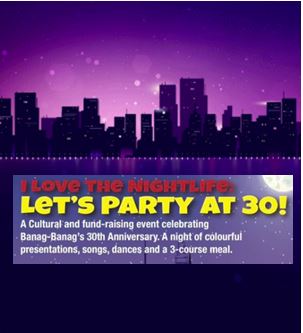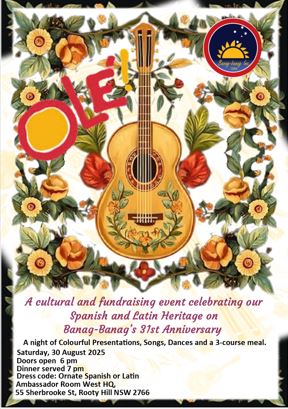Island Hopping:
Holiday in the Philippines
Home
In a country blessed
with over 7,000 islands, island hopping can offer a ticket to a great
adventure. Our journey to the Philippines consists of four parts – with
each leg taking us through the sights and sounds of this vibrant
historic country called the
Philippines.
 Part
one will be Luzon, the largest island in the archipelago with its two
frontline cities: bustling Manila and cool traditional Baguio.
Part
one will be Luzon, the largest island in the archipelago with its two
frontline cities: bustling Manila and cool traditional Baguio.
Part two will course
us through the Visayan islands of Panay and Cebu with the colonial
cities of Cebu and Ilo-ilo,
both the nerve centers of Catholicism and commerce in central
Philippines.
Part three is the
Palawan region coursing us through its
Underground River, African Wildlife Sanctuary and the UNESCO
World Heritage site Tubbataha Reef.
Part four puts us in
the colourful and exotic island of Mindanao with its culturally diverse
ethnic communities and key city of Davao. Jayjay, a later generation
Filipino-Australian and his Filipino-Australian friends,
will encounter for the first time the island country of their
ancestors, the land their
parents often dream and talk about - Filipinas, Philippines,
birthplace, home
Why the banig on the
souvenir program cover?
The baníg is a
handwoven mat used in the Philippines for sleeping, and for relaxation
with family and friends. It is where we talk, laugh, play and bond with
our family and friends. The
banig is also where freshly
harvested rice is sundried and prepared for milling. Depending on
the region, the banig may be made from buri, pandanus or tikog leaves.
In the Cordilleras in Luzon, the banig is made from rono reed which
grows in the steep hillside of the mountains. In Mindanao the comes from
sesed a plant that grows alongside lakes in
Lanao, while the Visayans use tikog for their banig. The leaves
are dried, dyed, cut into strips and woven into mats. Some are dyed in
strong colours to come up with exotic checkered or floral designs. Banig
weaving is an old cottage industry in the Philippines, with weavers’
skills passed on from generation to generation.
The warm and humid
climate in the Philippines is conducive to the use of the banig. The
banigs remain cool throughout an otherwise hot day. They are smooth and
porous enough to let cool air through from under the bamboo slits that
make up the floor in a typical Filipino nipa hut home.
The banig is a
universally loved feature on Philippine homes. It is on the banig where
Filipino mothers,
particularly those in rural areas give birth to children.
Children grow up using the banig
for a variety of
purposes from playing, praying and learning life’s lessons from
elders. The banig is where our first memories were forged, and our love
for family strengthened. The banig is the matrix on which many of our
lifelong
relationships began. The banig is a symbol of home for the Filipinos.












